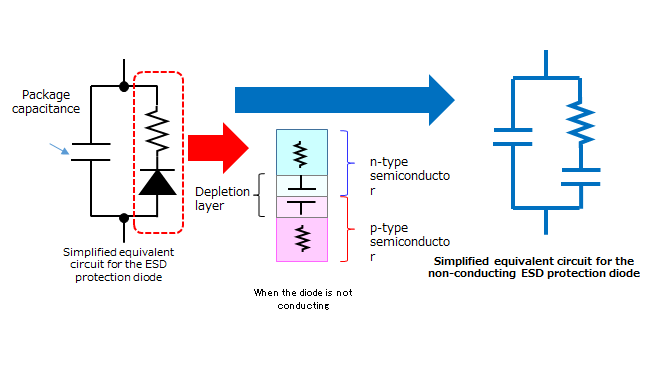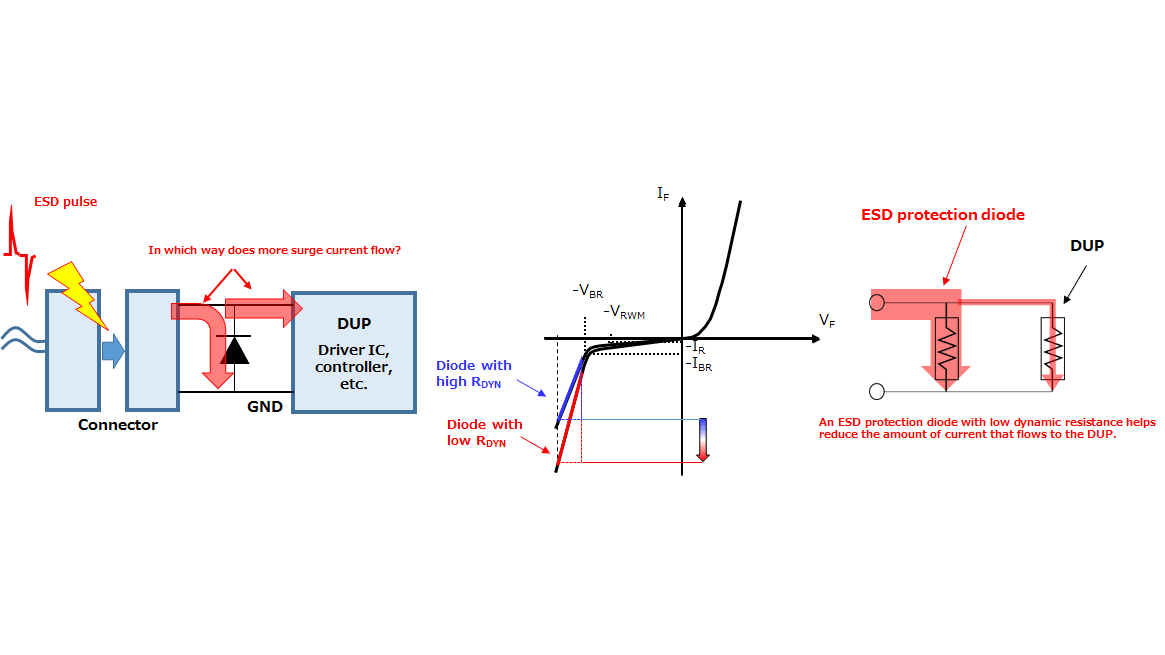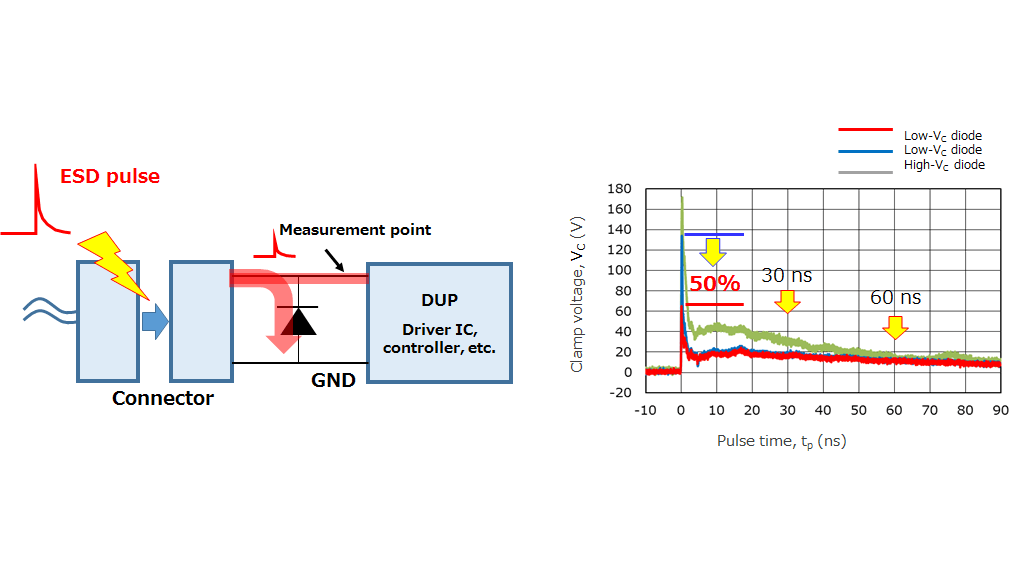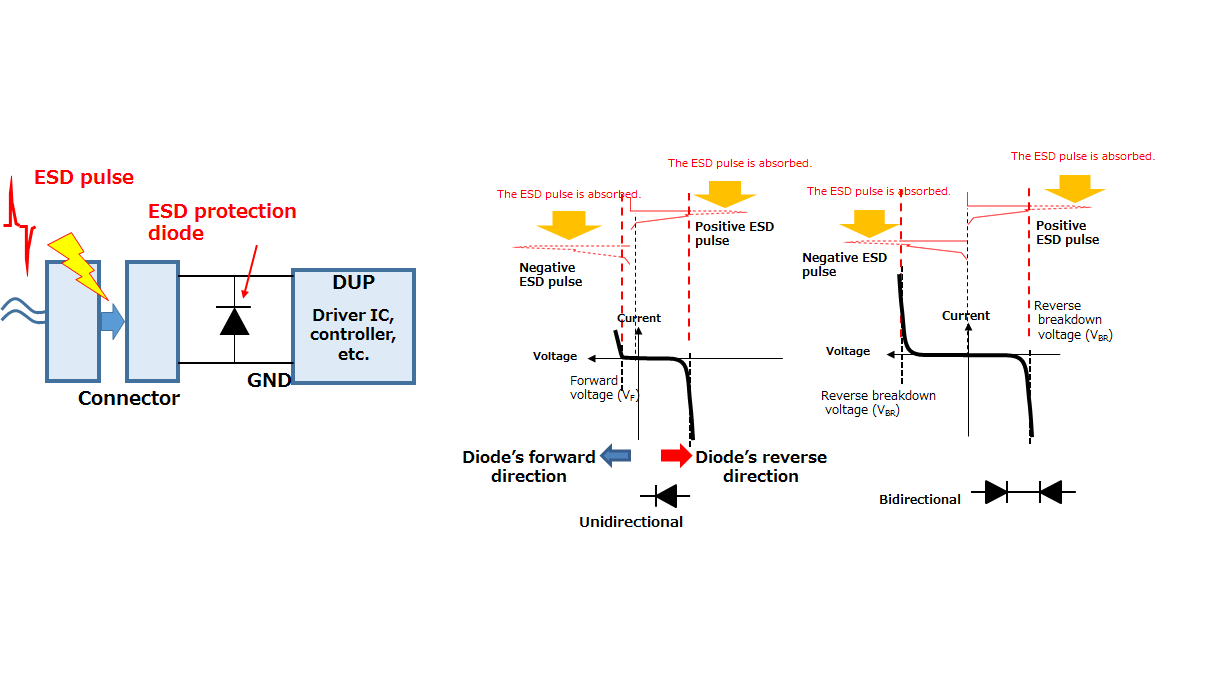- General Top
- SEMICONDUCTOR
- STORAGE
- COMPANY
-
My ToshibaSemicon
- Semiconductor Top
-
ApplicationsAutomotive
Body Electronics
xEV
In-Vehicle Infotainment
Advanced Driver-Assistance Systems (ADAS)
Chassis
IndustrialInfrastructure
BEMS/HEMS
Factory Automation
Commercial Equipment
Consumer/PersonalIoT Equipment
Healthcare
Wearable Device
Mobile
Computer Peripherals
-
ProductsAutomotive Devices
Discrete Semiconductor
Diodes
Transistors
Logic ICs
Analog Devices
Digital Devices
Wireless Devices
※
: Products list (parametric search)
Power SemiconductorsSiC Power Devices
※
: Products list (parametric search)
Isolators/Solid State RelaysPhotocouplers
Digital Isolators
Solid State Relays
Fiber Optic Transmitting Modules
※
: Products list (parametric search)
MOSFETsIGBTs/IEGTsBipolar Transistors※
: Products list (parametric search)
Diodes※
: Products list (parametric search)
MicrocontrollersMotor Driver ICsIntelligent Power ICs※
: Products list (parametric search)
Power Management ICsLinear ICs※
: Products list (parametric search)
General Purpose Logic ICsLinear Image SensorsOther Product ICsOther Product ICs
※
: Products list (parametric search)
-
Design & Development
Design & Development
Innovation Centre
At the Toshiba Innovation Centre we constantly strive to inspire you with our technologies and solutions. Discover how to place us at the heart of your innovations.
-
Knowledge
Knowledge
Highlighted Topics
Further Materials
Other
- Where To Buy
- Part Number & Keyword Search
- Cross Reference Search
- Parametric Search
- Stock Check & Purchase
This webpage doesn't work with Internet Explorer. Please use the latest version of Google Chrome, Microsoft Edge, Mozilla Firefox or Safari.
require 3 characters or more. Search for multiple part numbers fromhere.
The information presented in this cross reference is based on TOSHIBA's selection criteria and should be treated as a suggestion only. Please carefully review the latest versions of all relevant information on the TOSHIBA products, including without limitation data sheets and validate all operating parameters of the TOSHIBA products to ensure that the suggested TOSHIBA products are truly compatible with your design and application.Please note that this cross reference is based on TOSHIBA's estimate of compatibility with other manufacturers' products, based on other manufacturers' published data, at the time the data was collected.TOSHIBA is not responsible for any incorrect or incomplete information. Information is subject to change at any time without notice.
require 3 characters or more.
3 Key electrical characteristics of TVS diodes (ESD protection diodes)
Key characteristics for normal operation (in the absence of an ESD event)
Since an ESD protection diode is connected in the reverse direction, the voltage across it is lower than the reverse breakdown voltage (VBR) during normal operation. Therefore, the ESD protection diode does not conduct during normal operation. At this time, a depletion layer is formed across the pn junction, causing the diode to act as a capacitor. The following three considerations apply to normal operation when selecting ESD protection diodes:
3-1-1 Whether the reverse breakdown voltage (VBR) of an ESD protection diode is sufficiently higher than the amplitude (maximum voltage) of the signal line to be protected
3-1-2 Whether the total capacitance (CT) of an ESD protection diode is sufficiently low with respect to the frequency of the signal line to be protected
3-1-3 Signal polarity (i.e., whether the signal voltage crosses the GND potential like an analog signal)
Key characteristics for protection against ESD events
When an ESD is introduced into a system, ESD protection diodes either conduct or enter reverse breakdown. A unidirectional ESD protection diode absorbs ESD energy by entering reverse breakdown in the event of a positive ESD strike and by going into conduction in the event of a negative ESD strike. There are three points to note to prevent the DUP from being destroyed by an ESD pulse:
3-2-1 Low dynamic resistance (RDYN)
3-2-2 Low clamp voltage (VC) and first peak voltage
3-2-3 Operations of an ESD protection diode to absorb ESD pulses with different polarities
- 1/7
- Next
3 Key electrical characteristics of TVS diodes (ESD protection diodes)
- 1 What is a TVS diode (ESD protection diode)?
- 2 Basic operations of TVS diodes (ESD protection diodes)
- 4 Selection guidelines for TVS diodes (ESD protection diodes)
- 5 Layout considerations for TVS diodes (ESD protection diodes)
- 6 Absolute maximum ratings of TVS diodes (ESD protection diodes)
- 7 Electrical characteristics of TVS diodes (ESD protection diodes)
Related information
- Product Web Page
TVS Diodes (ESD protection diodes) - Applidcation Notes
Diode - FAQ
TVS diodes (ESD protection diodes) - Parametric searches for all Toshiba TVS diode (ESD protection diodes) produ cts are available here:
Parametric search - Stock Check & Purchase Toshiba TVS diode (ESD protection diodes) here
Stock Check & Purchase







